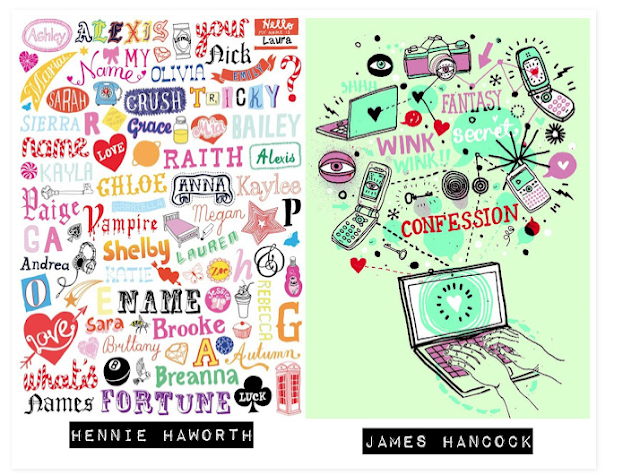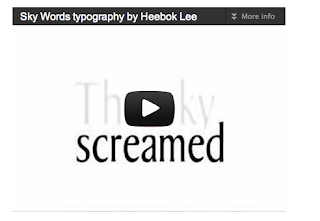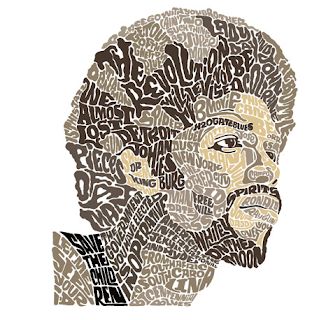In the second unit, we will be looking at magazines and magazine designs. We will be creating our own magazine by looking at inspirational magazine designers and other graphic designers and artists.
Content
Matthew Midgley- is a freelance illustrator from West Yorkshire. His influences come from modern illustrative artists. What he mainly does is he observes and then does a quick sketch. I chose this picture that Matthew Midgley has created. He just named it 'Fast food'. It is a simple sketch of a Mcdonald's meal. I think is was created just for his own personal use and to put in his collection of sketches. It was made around the 28th August 2012. I have chosen to anaylse this piece because it is a fairly simple sketch but because Mcdonald's is a well known brand, it looks a lot more interesting than any of the other sketches he has done.
Georgina Luck - is a freelance illustrator from Brighton. She has created a lot of work for packaging, book jackets and outdoor media. She calls this piece 'Hey, your having a baby!' This image is only a small section of the whole piece. It was created for the New York Times magazine in February 2012 and it was an article for shopping habits which can reveal personal information. I have chosen to anaylse this piece because it is quite unique how she creates letters using supermarket items.
Natsko Seki - was born in 1976 and grew up in Tokyo, Japan but works in London. She usually collages photographs from old family albums and her photographs. She calls this piece 'Brighton'. I think it was created for her own personal use but she cut out different images and stuck it on one piece. This piece of work was made in 2005. I have chosen to analyse this piece because it is unique the way she has created it by gathering different images from different albums and putting them all together to create a new image.
Meaning
For
Matthew Midgley's work i went to his website which shows a lot of his sketches that he has done and also explains the meaning of it and what it is, which is useful.
Click here.
I think the work has a theme of fast foods because he has done a lot of illustrations similar to this. The title does inform us about the theme because it is exactly what he has sketched.
For
Georgina Luck's work i went to her own website which has all her images and portraits on it.
http://www.georginaluck.com/
I think the work has a theme and she did it quite well. She spelt out letters using items from the supermarket to portray a message saying 'Hey, you're having a baby!'.
For
Natsko Seki's work i also went to her own website which shows all the work and illustrations she has done.
http://www.natsko.com/index.html
Aesthetic
Matthew Midgley has used simple materials to create his illustrations such as a pencil, fine liner, acrylic or watercolour paint. This is because most of his illustrations are just rough sketches of objects. He uses light colours, maybe because he uses a lot of watercolour paint. This does give the idea that it wasn't created to look like it should be detailed. The work isn't that big because it was sketched on a piece of paper. The scale of the work isn't that important. The formal elements in this illustration are line and colour.
Georgina Luck has also used simple materials to create her illustration but are a lot more detailed that Matther Midgley's illustrations. I think she used materials such as pencils, fine liner, acrylic paint, watercolour paint, and photoshop. This is to give the illustrating a better effect especially since it was going to be in the New York Times magazine so it has to look a bit more professional. Georgina Luck uses bright bold colours to attract viewers that are looking through the New York Times magazine. The scale of the image is like an A4 size because it is going in a magazine. The formal elements in this illustration is shape and colour.
Natsko Seki has used a lot of photoshop but also mixed with paint and fine liner and old photographs in which she has suck together to create a new piece. I think on top of sticking photographs she has used photoshop to maybe brighten the colours so it looks more attractive to people viewing the illustration. The formal elements in this illustration are scale, colour and shape.
Personal Response
I have chosen to look at all these pictures because they are the most unique illustrations that they have all created. They are all bold in colour and the shapes and scale of the images are unique to any other illustrations.






































